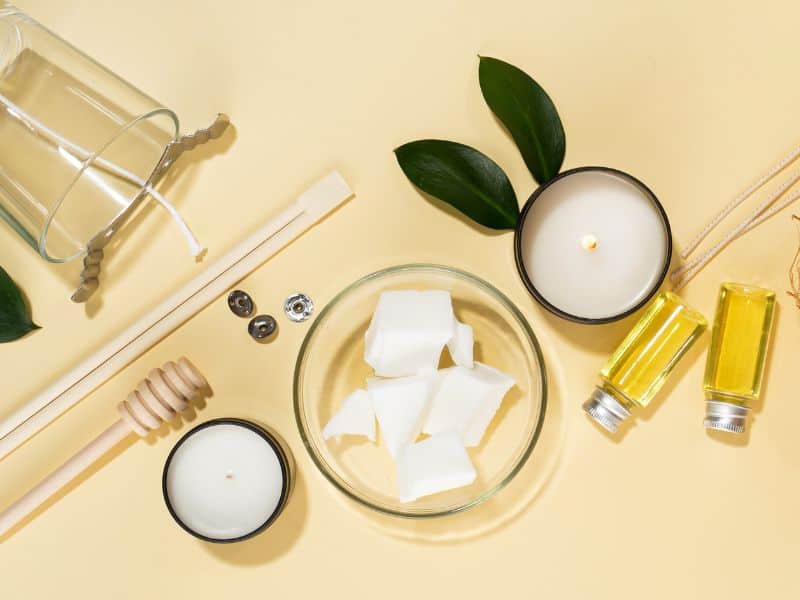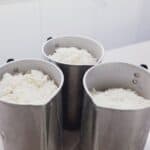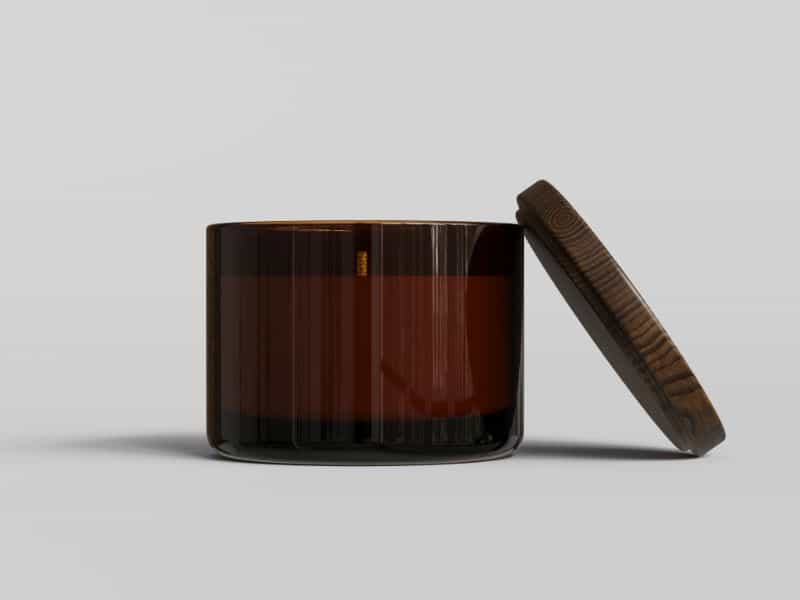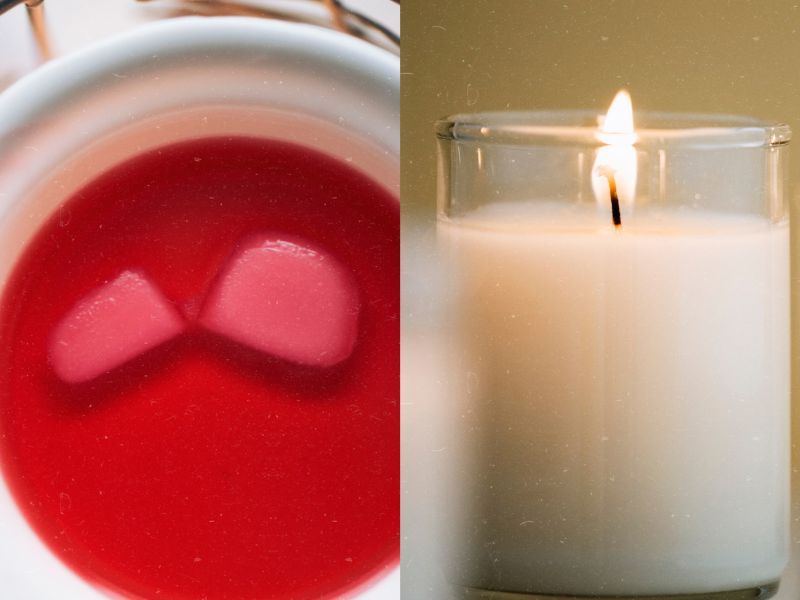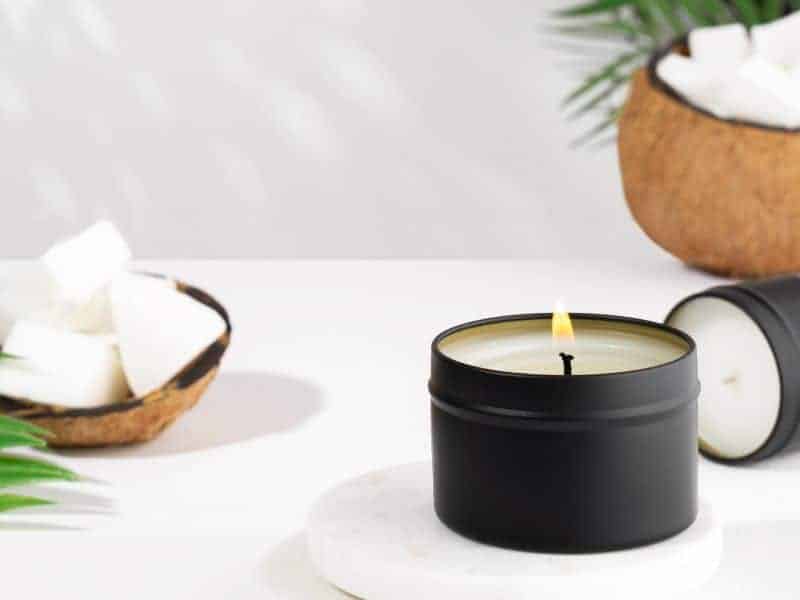Handmade candles have become increasingly popular due to their unique designs, captivating scents, and environmentally friendly nature. However, their price is often higher than mass-produced candles, prompting some to question the reasons behind the cost difference.
Handmade candles are expensive due to small batch production, attention to detail, high-quality materials, handmade craftsmanship, and ethical practices. These factors contribute to unique designs, longer burn time, and better scent throw, justifying their higher cost.
Small batch production is the most common factor to consider when examining handmade candle prices. It takes time, skill, and patience to craft a small number of candles with careful attention to detail.
Moreover, high-end ingredients like essential oils and natural dyes are usually used in making these candles, driving up the costs further. Let’s look at some of the other reasons.
High-quality Materials
Natural wax types
Handmade candles favor eco-friendly natural waxes like soy, beeswax, or coconut, offering a cleaner, longer-lasting burn compared to traditional paraffin wax. These renewable waxes also have lower melting points, resulting in a slower, more even burn.
High-grade fragrance oils
Artisans handpick premium, phthalate-free fragrance oils to create rich, authentic scents while minimizing harmful chemicals. These superior oils distinguish handmade candles from cheaper alternatives containing synthetic, low-quality fragrances.
Quality wicks
Handmade candles employ superior wicks, such as cotton or wood, to enhance burn time, ensure safety, and optimize fragrance diffusion. Artisans carefully select wick size and material to match the candle’s specific composition, further elevating the quality.
Cost comparison to mass-produced candles
The commitment to high-quality, natural materials increases production costs for handmade candles, making them pricier than mass-produced versions containing synthetic ingredients. This investment in premium materials ensures an unparalleled user experience, justifying the higher cost.
Time and Attention to Detail
Time investment
Artisans dedicate hours to crafting each candle, meticulously pouring, setting, and finishing by hand, ensuring precision and quality. This time-consuming process directly influences the final price, reflecting the effort involved.
Skill and experience
Decades of training, practice, and expertise contribute to the exceptional quality of handmade candles, making them highly valuable and sought after. Artisans’ honed skills result in superior products, setting them apart from mass-produced options.
Customization options
Handmade candles offer personalized touches, such as unique shapes, colors, and scents, catering to individual preferences. This level of customization allows for a tailored experience, justifying the higher cost associated with these artisan creations.
Unique designs
The considerable time, effort, and creativity invested in developing one-of-a-kind designs distinguish handmade candles from mass-produced counterparts. These exclusive, artistic creations demand a higher price, reflecting their distinctiveness and the artisans’ talents.
Small-Batch Production
Limited quantities
Artisans meticulously produce candles in small batches, allowing for individual attention to detail and exceptional quality. These limited quantities create a sense of exclusivity and collectibility, enhancing the candles’ value and appeal.
Increased production costs
Small-scale production lacks the cost-saving advantages of large-scale manufacturing, resulting in higher per-unit expenses for materials, tools, packaging, and other necessities compared to mass-produced candles. This artisanal approach prioritizes quality over cost-efficiency.
Higher labor expenses
Handmade candles involve skilled manual labor, raising labor costs. In contrast to automated mass production lines, artisans devote considerable time and effort to crafting each candle. This investment in craftsmanship and artistry contributes to the candles’ higher price point.
Ethical Practices
Sustainable sources
Artisans prioritize sustainable, ethically-sourced materials, such as eco-friendly wax and packaging, reducing their environmental footprint and supporting responsible practices, even if these choices raise production costs.
Cruelty-free ingredients
Many handmade candles use cruelty-free, vegan ingredients, avoiding animal-derived components and animal testing.
This commitment to ethical consumer choices can contribute to higher prices but ensures a guilt-free experience.
Support for local economies
Purchasing handmade candles directly supports local artisans, small businesses, and their families, fostering community growth and contributing to a more sustainable, resilient economy. This investment in local talent adds value to the final product.
Handmade Candle Benefits
Let’s explore the various advantages of choosing handmade candles over mass-produced alternatives:
Longer Burn Time
High-quality materials, such as natural waxes and properly-sized wicks, contribute to a slower, more even burn, resulting in a longer burn time.
This extended duration allows you to enjoy the candle’s scent and ambiance for a more extended period, offering better value for your investment.
Better Scent Throw
Artisans select premium, phthalate-free fragrance oils, ensuring richer, more authentic scents while minimizing harmful chemicals. These superior oils distinguish handmade candles from cheaper alternatives containing synthetic, low-quality fragrances.
Quality wicks also play a crucial role, as they facilitate optimal fragrance diffusion while the candle burns.
Unique Designs
The considerable time, effort, and creativity invested in developing one-of-a-kind designs distinguish handmade candles from mass-produced counterparts.
These exclusive, artistic creations demand a higher price, reflecting their distinctiveness and the artisans’ talents. Customization options, such as unique shapes, colors, and scents, cater to individual preferences, providing a tailored experience.
Eco-friendly and Health Benefits
Handmade candles often use eco-friendly, biodegradable waxes, cruelty-free ingredients, and sustainably sourced materials, reducing their environmental impact and promoting cleaner indoor air quality.
Natural waxes produce fewer toxins, soot, and pollutants than paraffin wax, ensuring a healthier home environment.
Support for Local Economies
Purchasing handmade candles directly supports local artisans, small businesses, and their families, fostering community growth and contributing to a more sustainable economy. This investment in local talent adds value to the final product.
Ethical Practices
Handmade candles prioritize sustainable, ethically-sourced materials and cruelty-free ingredients, ensuring ethical consumer choices and a guilt-free experience.
These practices contribute to higher production costs but reflect a commitment to environmental responsibility and animal welfare.
When considering the benefits of handmade candles, it becomes clear that their higher price is justified by the quality of materials, artisan craftsmanship, and ethical practices involved in their creation.
These candles not only offer a superior user experience but also contribute to a more sustainable and healthier environment.
Frequently Asked Questions
Purchasing handmade candles directly supports local artisans, small businesses, and their families, fostering community growth and contributing to a more sustainable economy.
Small-batch production focuses on creating limited quantities with individual attention to detail, while mass production emphasizes large-scale manufacturing and cost-efficiency.
High-quality, natural materials provide a cleaner, longer-lasting burn, improved scent throw, and reduced environmental impact compared to synthetic alternatives.
Yes, the higher price of handmade candles reflects their quality materials, artisan craftsmanship, ethical practices, and unique designs, offering an unparalleled user experience that justifies the investment.
Conclusion
In conclusion, the higher cost of handmade candles can be attributed to several factors, including the use of high-quality, natural materials, the expertise and craftsmanship of artisans, small-batch production methods, and ethical practices.
These elements result in a unique, personalized, and environmentally friendly candle experience that mass-produced alternatives cannot match.
By understanding the reasons behind the price difference, you can appreciate the true value of handmade candles and confidently support artisans and local economies, knowing that you’re investing in a product that offers both quality and sustainability.

